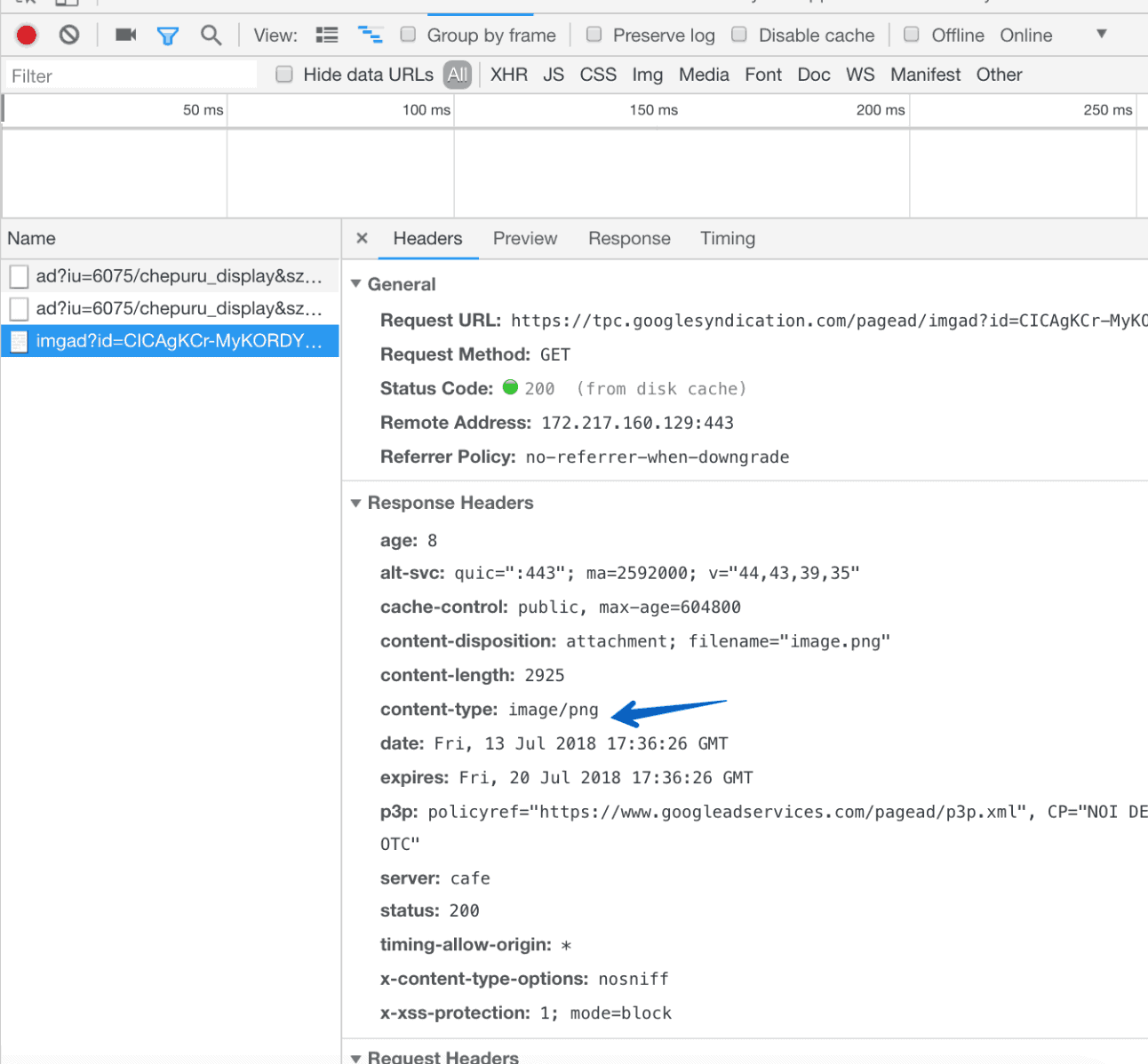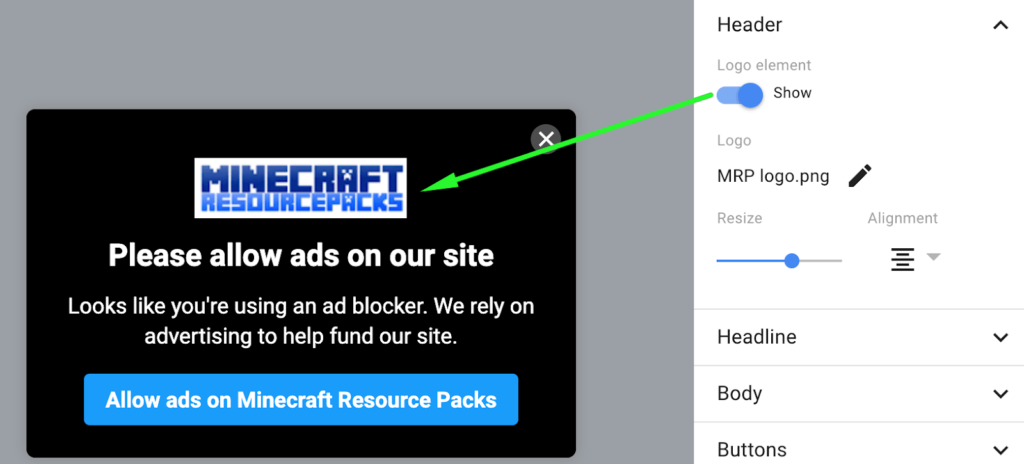Newsletter ad monetization can be intimidating because the implementation is not very straightforward and there is a lack of online resources available for reference. For publishers looking for additional revenue streams, particularly those with an email subscription base, this is worth the read.
Below is the simplified version of the entire process of setting up Google Ad Manager (GAM) ads in a newsletter.
Need help designing your newsletters? Be sure to check out this list of newsletter ideas from Mail Munch.
Ad unit
You first have to decide on the ad sizes you are going to run for newsletters. Have your creatives handy.
- Log into Google Ad Manager
- Go to Inventory > Ad Units
- Create a new ad unit as you normally would for regular banners
- Save and create as many ad units as necessary.
Order & line items
Decide on how you’d like to organize your Orders and Line items. For more granular reporting and ease of optimization, we suggest creating a separate Order per advertiser.
- On Google Ad Manager, go to Delivery > Order
- Create a New Order and give it a name + specify the Ad Network name
- Create the line item
- Give it a name and define the inventory size/s
- Set line item type and all other relevant settings
- Under ‘Add targeting,’ target the ad unit you created in the previous step for newsletters
- Save and upload creative.
Generating Tags
Here are a few facts regarding newsletter tags:
- Use simple URL tags since we are implementing them in a non-JS environment.
- Generating tags in Google Ad Manager, as you normally would, will not work.
- Most of the email clients block iframes
- You need to have the banner as an image tag
Use this tag as a template and modify the parts as broken down in the table below:
<script>
window.googletag = window.googletag || {cmd: []};
googletag.cmd.push(function() {
googletag.defineSlot('/654321/ad_unit_code', [468, 60], 'div-gpt-ad-123456789-0').addService(googletag.pubads());
googletag.pubads().enableSingleRequest();
googletag.enableServices();
});
</script>
<div id='div-gpt-ad-123456789-0'>
<script>
googletag.cmd.push(function() { googletag.display('div-gpt-ad-123456789-0'); });
</script>
</div>
| /654321 | your Google Ad Manager network ID |
| /ad_unit_code | your ad unit code |
| sz=468×60 | your ad unit size |
| c=12345 | correlator value. A special code is needed here, so it generates a unique value for every pageview. You might need to consult your dev to accomplish this. |
Testing
To test it, do the following:
Open the URL tag in your browser > right-click> Inspect
Click on the Network tab
It should show Content-Type: image/png

Advanced Ad Features
Leverage advanced ad features to elevate your newsletter advertising strategy to the next level. Dynamic ad insertion, ad personalization, and advanced targeting allow you to deliver more relevant and engaging ads to your subscribers, resulting in increased ad performance and a better overall user experience.

1-Dynamic Ad Insertion (DAI)
DAI is a powerful technique that allows you to insert ads into your newsletter in real time based on specific criteria like user behavior, demographics, or interests. This enables you to deliver highly relevant ads to each subscriber, maximizing engagement and conversion rates.
You can implement DAI using email marketing platforms that offer this feature or by partnering with ad servers that specialize in dynamic ad insertion for email.
2-Ad Personalization
This involves tailoring ads to individual subscribers based on their preferences, purchase history, or browsing behavior. Personalized ads are more likely to resonate with recipients, leading to higher click-through and conversion rates.
Leverage data collected from your website, CRM system, or email engagement to create personalized ad experiences. Use dynamic content blocks in your email marketing platform to display different ads to different subscribers.
3-Advanced Ad Targeting
This goes beyond basic segmentation by utilizing machine learning algorithms and predictive analytics to identify the most promising ad opportunities for each subscriber.
Partner with ad tech platforms that offer advanced targeting capabilities. These platforms can analyze vast amounts of data to deliver highly targeted ads that are more likely to convert.
Ad Placement Strategies for Newsletters
Optimizing your ad placement strategies is essential for maximizing engagement and ad revenue. Effective placement can significantly impact the success of your ad campaigns. This section discusses the best ad placement strategies and examples of successful placements.
Header Placement

Header placements are often the most visible and attention-grabbing ad positions in a newsletter. They are typically placed at the top of the newsletter, immediately after the subject line, and can include a large image, logo, body copy, headline, and call-to-action (CTA).
Raywenderlich’s newsletter features a header sponsorship by Couchbase, which is almost indistinguishable from the regular content. This placement is effective because it leverages the trustworthiness of the newsletter writer/publisher.
Footer Placement
Footer placements are often less visible but can still be effective if the newsletter is engaging and relevant. They are typically placed at the bottom of the newsletter and can include a brief message or a CTA.
A footer placement in a newsletter about a specific industry can include a relevant message or a CTA that encourages readers to visit a website or sign up for a service. This placement is effective because it provides a last chance to convert leads or close deals.
Inline Placement
Inline placements are often used to break up content and provide a natural pause in the reading experience. They are typically placed within the body of the newsletter and can include a short message or a CTA.
A newsletter about a specific topic can include inline placements that provide additional information or a CTA related to the topic. This placement is effective because it keeps the reader engaged and provides a seamless experience.
Optimization Tips
By following these strategies and optimization tips, you can effectively place ads in your newsletters and maximize engagement and ad revenue:
- Test different placements: Experiment with different ad placements to find the most effective ones for your audience.
- Use relevant content: Ensure that the ad content is relevant to the newsletter and its audience to maximize engagement.
- Keep it simple: Use clear and concise language in your ad copy to avoid overwhelming the reader.
- Use visuals effectively: Use images and other visuals to make your ad stand out and draw attention.
- Monitor performance: Continuously track the performance of your ad placements and adjust your strategy accordingly.
Ad Targeting and Segmentation
Ad targeting and segmentation in email newsletters is a powerful way to enhance ad delivery. It involves dividing your subscriber base into smaller, more focused groups based on their unique characteristics, interests, and behaviors. By gathering data like demographics, engagement metrics, survey responses, and website activity, you gain valuable insights into your audience.
This data allows you to segment your subscribers based on various criteria, such as demographics, interests, engagement levels, purchase history, and lifecycle stage. To execute this effectively, leverage tools like email marketing platforms (ActiveCampaign), CRM software(HubSpot), or specialized segmentation tools.
Once segmented, tailor ad content and visuals to resonate with each group’s preferences. Implement dynamic content to display different ads to different segments within the same newsletter. Make use of behavioral triggers to send targeted ads based on specific actions, and employ frequency capping to avoid overexposure.
Continuously measure the performance of each segment by tracking metrics like open rates, click-through rates, conversions, and revenue. Employ A/B testing to experiment with different ad creatives and targeting approaches. Regularly refine your segments based on the data and feedback you receive.
Ad Rotation & Frequency Capping
Ad rotation and frequency capping are effective strategies for optimizing the effectiveness of ads in newsletters.
Ad Rotation: Involves systematically changing the ads displayed within a newsletter. This ensures that subscribers are exposed to different ads over time, preventing ad fatigue and maintaining their interest. By rotating ads, you can also test the performance of different creatives and messages to identify which ones resonate best with your audience.
Frequency Capping: This technique limits the number of times a specific ad is shown to a particular subscriber within a given timeframe. This prevents overexposure, which can lead to annoyance and diminish the ad’s impact. By setting frequency caps, you strike a balance between maximizing ad visibility and ensuring a positive user experience.
Implementing ad rotation and frequency capping requires careful planning and the use of email marketing tools or ad servers that offer these functionalities. Here’s how they work together:
- Define Goals: Determine your objectives for ad rotation and frequency capping. Do you want to maximize clicks, conversions, or overall engagement?
- Segment Audience: Divide your subscriber base into segments based on their interests, demographics, or behavior.
- Create Ad Variations: Develop multiple ad creatives for each segment to be rotated.
- Set Frequency Caps: Establish the maximum number of times each ad should be shown to a subscriber within a specific period (e.g., per day, week, or month).
- Implement Rotation and Capping: Utilize your email marketing platform or ad server to schedule ad rotations and enforce frequency caps.
- Monitor and Adjust: Track the performance of each ad and segment to identify trends and make adjustments as needed.
These techniques help to keep your ads fresh and engaging while avoiding viewer fatigue. With continuous monitoring and optimization, you can ensure that your newsletter ads consistently deliver positive results.
Conclusion
As you can see, monetizing your newsletter with ads is not as complicated as it seems. Need help setting up ads in your website, running header bidding, or optimizing your ad inventory? Sign up for a Professional account at MonetizeMore today!
source https://www.monetizemore.com/blog/how-to-setup-gam-ads-newsletters/



0 Comments